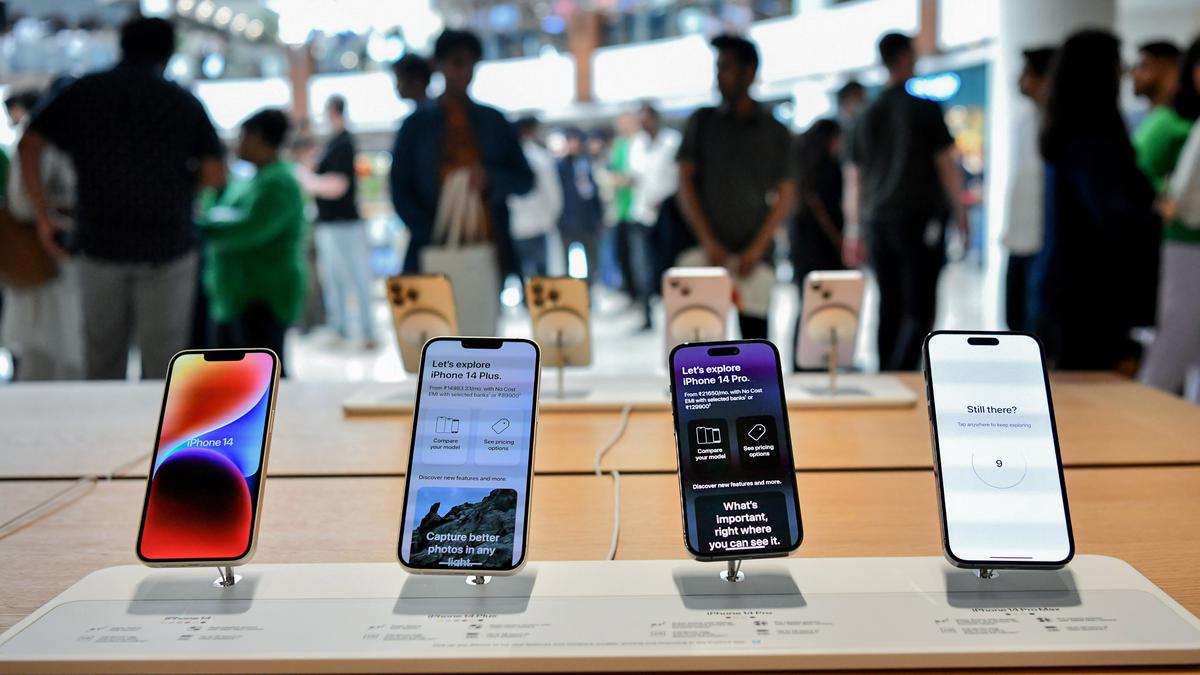Indian consumers, traditionally known for being price-conscious, are now showing a growing preference for premium products and services across various sectors. This shift in consumer behavior has caught the attention of AllianceBernstein analysts, who believe it signifies a significant change in spending habits in India, the world’s most populated nation.
Key Takeaway
Indian consumers are increasingly opting for premium products and services across sectors, ranging from real estate to smartphones and luxury hotels. This shift in consumer behavior presents opportunities for businesses to cater to the growing demand for higher-end offerings.
A Shift in Real Estate
In the real estate sector, Indian consumers are increasingly seeking premium properties. The share of properties priced above 10 million Indian rupees in top cities has doubled, from 15% to 30%, indicating a desire for aspirational living standards among the upper middle class.
Luxury Hotels on the Rise
The demand for luxury hotels has also witnessed a surge, with room rates seeing an upward trend. This indicates a growing willingness among Indian consumers to indulge in premium experiences.
Premium Smartphones Gain Popularity
The smartphone market in India has experienced a significant transformation, as shipments of smartphones priced below $400 have decreased. On the other hand, the premium and ultra-premium categories have seen a substantial 60-66% boost in sales. This shift reflects Indian consumers’ increasing willingness to invest in higher-end smartphones.
Preference for SUVs and Premium Vehicles
Indian consumers are also leaning towards premium vehicles, particularly SUVs. The market share of entry-level cars has decreased from 60% in the 2000s to 25% currently. Additionally, the popularity of mid to premium range bikes in the motorcycle segment has also seen a rise. This shift highlights a desire for higher-quality and more luxurious modes of transportation.
Implications for Startups and Consumer Durables
Indian consumers’ growing appetite for premium products has significant implications for startups operating in various sectors. It allows companies to improve their profit margins without compromising on product quality. Additionally, consumer durables, such as premium fans and inverter ACs, have seen a surge in demand as they serve both utilitarian and aesthetic purposes in households.
Analysts at Bernstein believe that the increase in income levels and the behavioral and financial shifts spurred by COVID-19 have been pivotal in this transition. Additionally, easier access to credit has contributed to the rise of premium consumption in India. However, one challenge that India needs to address to sustain and further accelerate this growth is improving its current workforce participation, which currently stands at 40%. Female labor force participation is particularly low, and without gender parity, achieving higher participation rates may be challenging. Moreover, while increased labor force participation may boost productivity, issues related to disguised unemployment in the agricultural sector may arise.

























